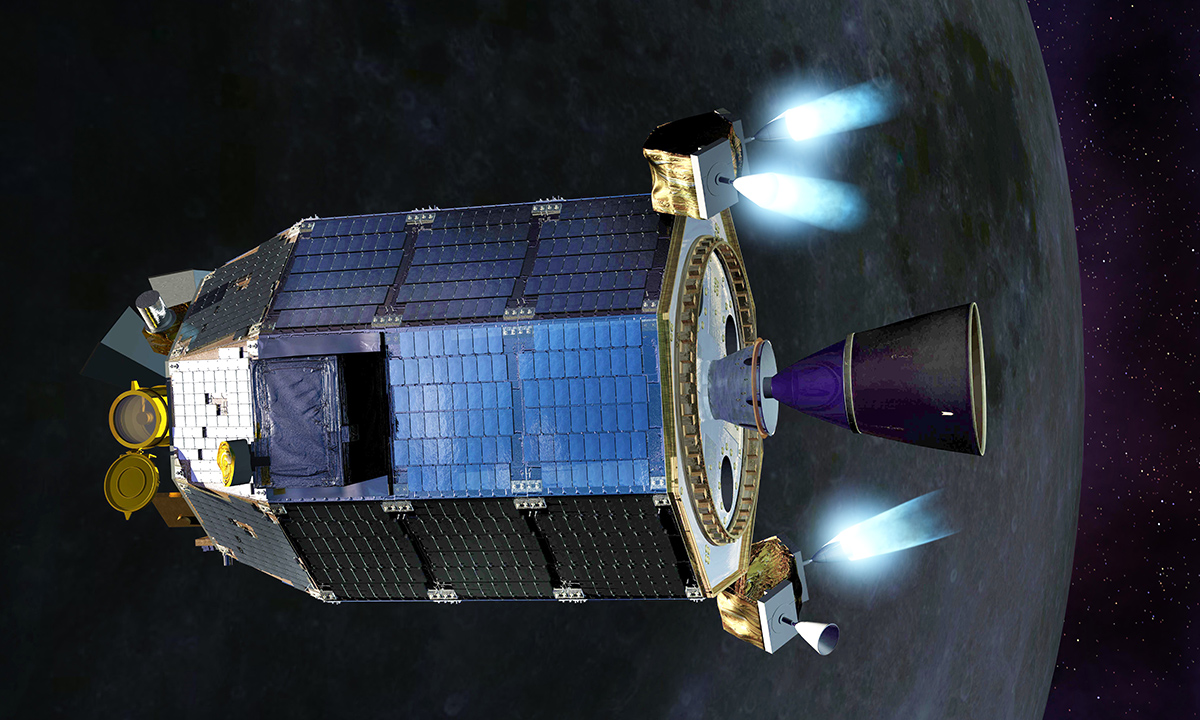An expert study recently suggested that the size of global market propulsion system market is expected to soar high up to 19.97 billion in 2028 with a revenue growth rate of 14.6 percent.
This happens as the cost for space launch missions continue to decrease with the space rush i.e., increasing space endeavors and investment.
Propulsion system and the need to dive up:
Based on Newton’s third law of motion that asserts every action to face an equal and opposite reaction, a propulsion system is responsible for producing enough thrust on the rear-side so as to push an object forward.
This can be achieved through a gas or working fluid, that gets burnt by the engines to generate an equivalent force on the engine. Nevertheless, different propulsion systems produce the required thrust in different ways.
Some aircrafts may have chemical propulsion while others may have electric propulsion technology. For example, NASA has paired with MagniX USA Inc. and GE Aviation (GE) for preparing Electric Powertrain Flight Demonstration (EPFD) in its flights by 2035.
An Engineer explains: “The successful completion of this testing has positioned us well for continued development of a megawatt-class hybrid-electric propulsion system.”
There are even talks of solar propulsion, laser propulsion or nuclear propulsion.
A very unusual constituent in this race is water. The electrolysis breaks down the water molecule into hydrogen and oxygen, which are then forwarded to the combustion chamber. This system is compact as well as affordable and hence can be used on satellites of all sizes: big or small.
And while they all vary in their accomplishments, all of these methods are not devoid of their drawbacks and consequently, this field remains active in research and development.
“There are many technical challenges associated with building and testing hybrid-electric propulsion systems,” explains an administrator of a space centre.
Can the propulsion systems be removed?
Along with a significant cut in costs, if the propulsion systems are removed, a big chunk of mass in satellites with fuel will also be reduced.
The realization of this probability has puzzled even the best of intellects on the planet. Recently, a group of three satellites each weighing about 70 kgs by the name Red-Eye has demonstrated how to move around in space without any propulsion system.
What was so unexpected about this mission was their supposed launch from the international space station (ISS) because of which these were not allowed to carry their respective propulsion systems, especially due to non-negotiable safety concerns.
The program manager explained how this happened. The spacecrafts could be individually controlled from the ground by utilizing aerodynamic drag and thereby adjusting their respective solar arrays to swift through the atmosphere while circulating in the low-Earth orbit.
“With no propulsion at all and just by modulating our drag profile … they were able to drive them apart, pull them closer together, and really just control that spacing,” he confirms.
Aerodynamic Drag: the driving force in space
It can be described as a force faced by an object moving through the atmosphere that can easily help manipulate and even maneuver any small satellite to perform certain tasks like crosslink data transfer.
If not done properly, this can cause the satellites to deorbit in any normal scenario. A specifically designed automation system can allow this task to be controlled appropriately in its own orbital space.
Why is this an important task?
Once this is done, the projects can become relatively economical. Huge dependence on propulsion fuels and their alleged release of by-product directly questions and undermines the sustainability aspect of these research-based endeavors.
Afterall, sustainability becomes a far-fetched idea if humanity cannot earn independence from the need of fuel in any sphere.


